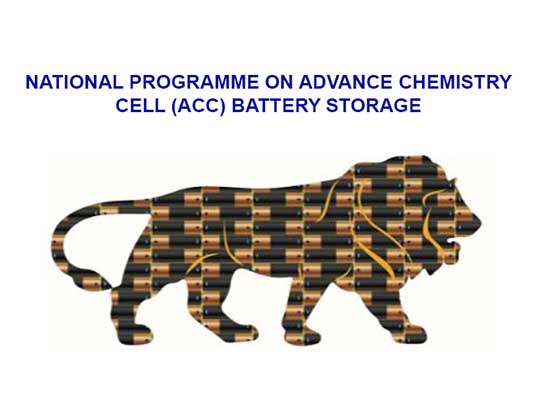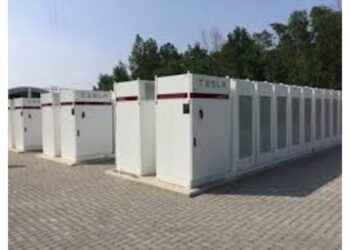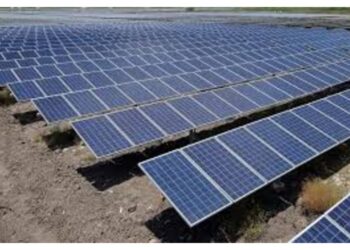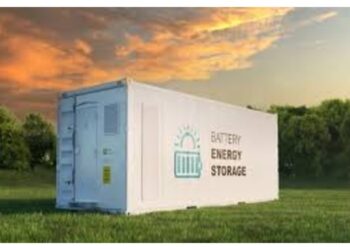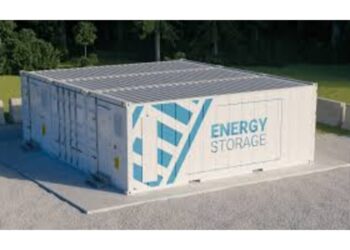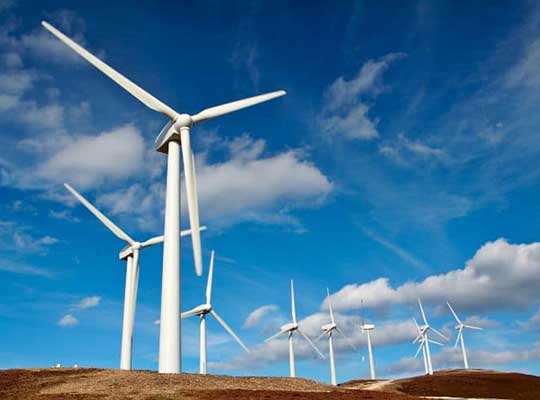Government of India (“GoI”) in March 2019, launched the National Mission on Transformative Mobility & Battery Storage (the “Mission”), under the Chairmanship of the CEO, NITI Aayog. The Mission, apart from notifying various policy interventions to promote electric vehicle penetration in India, has proposed the National Programme on Advance Chemistry Cell Battery Storage (the “Programme”), which is pending Union Cabinet’s approval, to support 50 Giga Watt hours (“GWh”) of domestic ACC manufacturing.
This umbrella-level initiative proposes various fiscal incentives through a single-window mechanism, to make domestic ACC manufacturing industry, globally competitive. In additional the Programme also proposes a composite framework for imposition of suitable Basic Custom Duty with the intent to promote phased manufacturing of ACCs and its components in India and makes recommendations for promoting the overall market demand for ACCs in India.
The Hon’ble Finance Minster of India too in her Budget 2019-20 and later in her ‘Atma-Nirbhar Bharat’ speech, reaffirmed Government’s intent to extend incentives and invite domestic and global companies through a transparent competitive bidding mechanism to set-up mega-manufacturing plants in sunrise & advance technology areas such as Lithium Storage Batteries etc., in order to boost the overall Economic Growth and promote Make in India.
This is a first of its kind incentive initiative by the Government to promote Make in India and to attract global investments into setting-up of ‘Gigafactories’ in India. The Structure of the documents and the Model of the bid adopted under the Programme encompasses following key features, first, the cash subsidy shall be offered on output, i.e. the volume of cells manufactured and sold by the beneficiaries. Second, it’s a technology agnostic initiative, whereby only cells with higher performance specifications (i.e., Energy Density & Cycle Life) shall be eligible to avail the incentives. While the subsidy benchmarks shall be determined in a manner that cells with better quality or performance characteristics attract higher subsidy, thereby encouraging manufacturers to invest into Research & Development and to Manufacture such cells in India. Third, a ‘QCBS’ (i.e., Value Weighted) based bidding process on
prospective commitment criteria shall be followed, to promote large scale capacity deployment with emphasis on promoting domestic manufacturing and ensuring transparency, The participants shall be ranked on the basis of their submissions, and capacities shall be allocated in the order of their ranking, with the entity ranked 1 allocated the capacity first, followed by entity ranked 2, and so on, till a cumulative capacity of 50 GWh per year has been allocated. The subsidy support will be limited to a cumulative 50 GWh of ACC manufacturing capacity in India, with a single beneficiary not allowed more than 20 GWh cell manufacturing facility. Furthermore, to encourage economies of scale, minimum bid may be restricted to 5 GWh capacity, which may be developed in phases over a five-year window. Last but not the least, in order to ensure the bankability of the manufacturing facility and with emphasis upon key performance indicators, the incentive framework has been fused with the principles of Public Private Partnership (“PPP”). The structure thus adopted for the Programme bid documents ensures that there is an optimal sharing of risk between the beneficiary firm and the Government, and thus expected to bolster investors’ confidence and become instrumental in putting India as a leader on the world map in ACC manufacturing.
For more information, please visit: https://www.niti.gov.in/documents/model-agreements.


